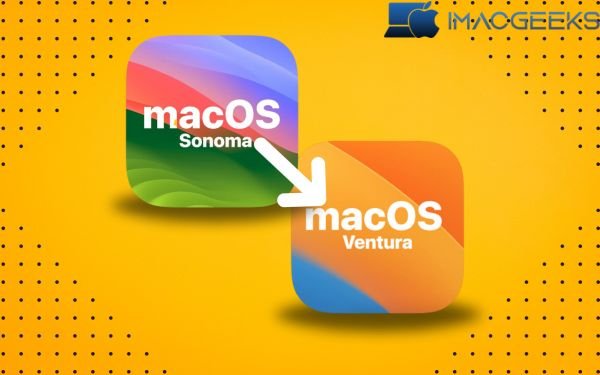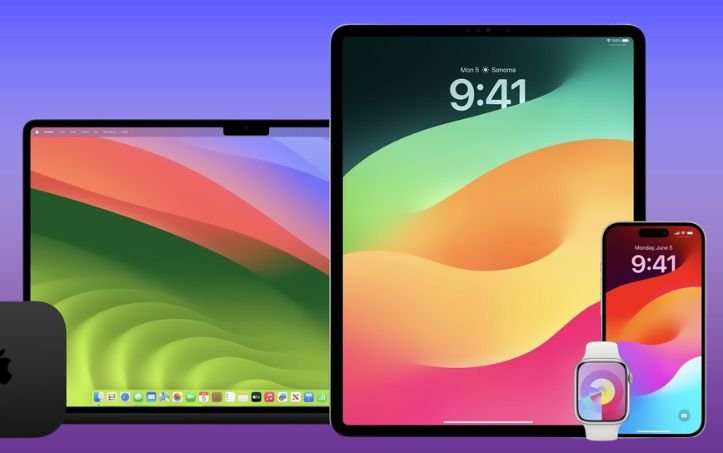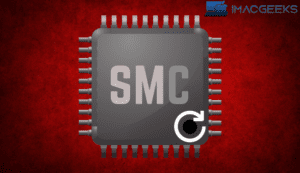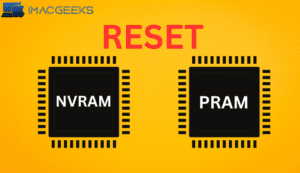People should keep in mind that the most recent Mac software is still in the Developer Beta stage, despite the fact that it has a number of exciting features like as Web applications, interesting widgets, Game Mode, new and improved video chatting, and more. The macOS Sonoma Developer Beta, like all previous beta versions, is completely buggy. How to downgrade macOS Sonoma to Ventura (Without losing data).
Going from macOS 14 Sonoma to Ventura is a better option. The question is if you can return to macOS 13 without losing any data. The actions in this article will ensure that your information is secure.
Things you should know before you downgrade macOS Sonoma Developer Beta:
- It is possible to choose not backup data. However, it is recommended that you do. You will need to delete macOS Sonoma and reload macOS Ventura. Then you can recover your Time Machine back up in order to downgrade.
- You can use internet recovery or a bootable USB drive to reload macOS Ventura.
- While the downgrade is going on, keep your Mac plugged in.
How to downgrade macOS Sonoma to Ventura with Time Machine
I told you to make a copy of your files before downloading the test version of macOS Sonoma in our guide on how to download and install it.
This method works for people who have a backup. Try the alternative method below if that fails.
- Connect the hard drive for Time Machine to the Mac.
- Pick up the Apple icon and click on Restart.
- Visit the boot choice screen now.
- If you have an Apple Silicon Mac: Press and hold the power button until you see the starting screen. Then, click Options and then Continue.
- If your Mac is built on Intel: Hold down Command + R when you see the Apple logo or hear the starting chime.
- Select the restore you want to use from your Time Machine Backup and click continue.
- If you wish, you can read the entire process and then click Proceed.
- Select the source to be used for the back-up, and click Continue.
- Click ” Continue” to continue with the latest file on macOS Ventura.
It may be a while, so relax and have a coffee or sleep. Remember that recovering from a backup erases all your data. Make a duplicate of such files to avoid losing them.
Use macOS recovery to downgrade to Ventura
If you don’t have a Time Machine backup or the backup fails while you’re recovering, follow the instructions in the macOS recovery guide to restore macOS Ventura from macOS Sonoma.
Notes: This approach requires a wired keyboard or your computer’s native keyboard, as well as a reliable internet connection.
- Shut down your Mac.
- Restart your computer while holding one of these key combinations to launch into Apple’s starting screen:
- Return to a prior macOS version using Command + R.
- Pressing Option, Command, and R downloads the latest macOS for your system.
- Holding down Shift, Option, Command, and R lets you reinstall macOS from your Mac or the latest version.
- Type in your password and then click “Continue.”
- After clicking “Next,” choose “Reinstall macOS,” and then click “Continue.”
- Now, choose the disk to flash by following the steps shown on the screen.
Enter your Mac’s password if it asks you to open your disk. - Hold on until the installation is done.
Do not close the lid or put your Mac to sleep during this time. The progress indicator may appear and disappear, and your Mac may repeatedly restart. The screen may even go black for a bit.
Don’t worry, it’s all part of the process. Simply wait till the end. You will finally see the login screen that you are accustomed to. This implies you are finished with the procedure.
Bootable installer to reinstall macOS Ventura
Each Mac will have its own set of methods for installing macOS Ventura via a Bootable launcher. This is because the T2 chip in some Intel Macs does not allow you to load from an external disk.
On an Intel Mac
- Restart your Mac while holding Option.
- Let go of the key when the boot option screen shows up, and hold down Command + R to get into recovery.
- To get to recovery, go to Utilities and choose Startup Security Utility.
- Type in your Mac’s password.
- In this case, click “Allow booting.”
Your Intel Mac no longer has external start security enabled. It’s time to utilize the Bootable program to install macOS Ventura on your Mac. Because of that:
- Hold down the Option key while you restart your Mac until you see the boot choices screen.
- Start up with a USB driver for Ventura.
- Allow the USB disk to be checked.
- Then, click Disk tool → continue.
- Click on Macintosh HD (hard drive) and then click on Erase.
- Press the Erase Volume Group button now.
- After finishing, click “Done.”
- To close Disk Utility, click it and then choose “Quit.”
- Install Ventura on your mac and click “Continue.”
- Check the boxes next to “Macintosh HD” and “Continue.”
You’re done! After the downgrade, you will see the normal setup screen for macOS Ventura. The procedure will be completed once the downgrade is complete.
On a Silicon Apple Mac
- Shut down your Mac
- Hold down the Power button until you see choices for starting up load.
- Go to the USB driver and click “Continue.”
- You can now click Install macOS Ventura and then click Quit install macOS.
- After that, click Disk Utility again to move on.
- Scroll down and click on Macintosh HD (hard drive). Then click on Erase.
- Then click “Erase” one more time to make sure.
- Once complete, click “Done.”
- After that, go to Disk Utility and click on Quit Disk Utility.
- Turn on the Mac and click “Exit to Recovery.”
- Check the boxes next to “Macintosh HD” and “Continue.”
- Choose the Start-Up Disk and then click “Restart.”
Hold on until the process is done. After that, you’ll see the screen for setting up macOS!
FAQs
You got a Mac that came with Big Monterey. Can you update it?
No. You cannot restore your Mac to the version of macOS that came with it. If you’ve just updated your Mac, you may revert to an older version of macOS.
Thanks for coming here again!
It’s expensive, but the thrill of trying something new is worth it. The bugs in macOS 14 Sonoma make it unusable, even though I love the features. You should stick to macOS 13 Ventura stable until the stable version is released. What was your favorite thing about macOS Sonoma? Tell me in the box below.









